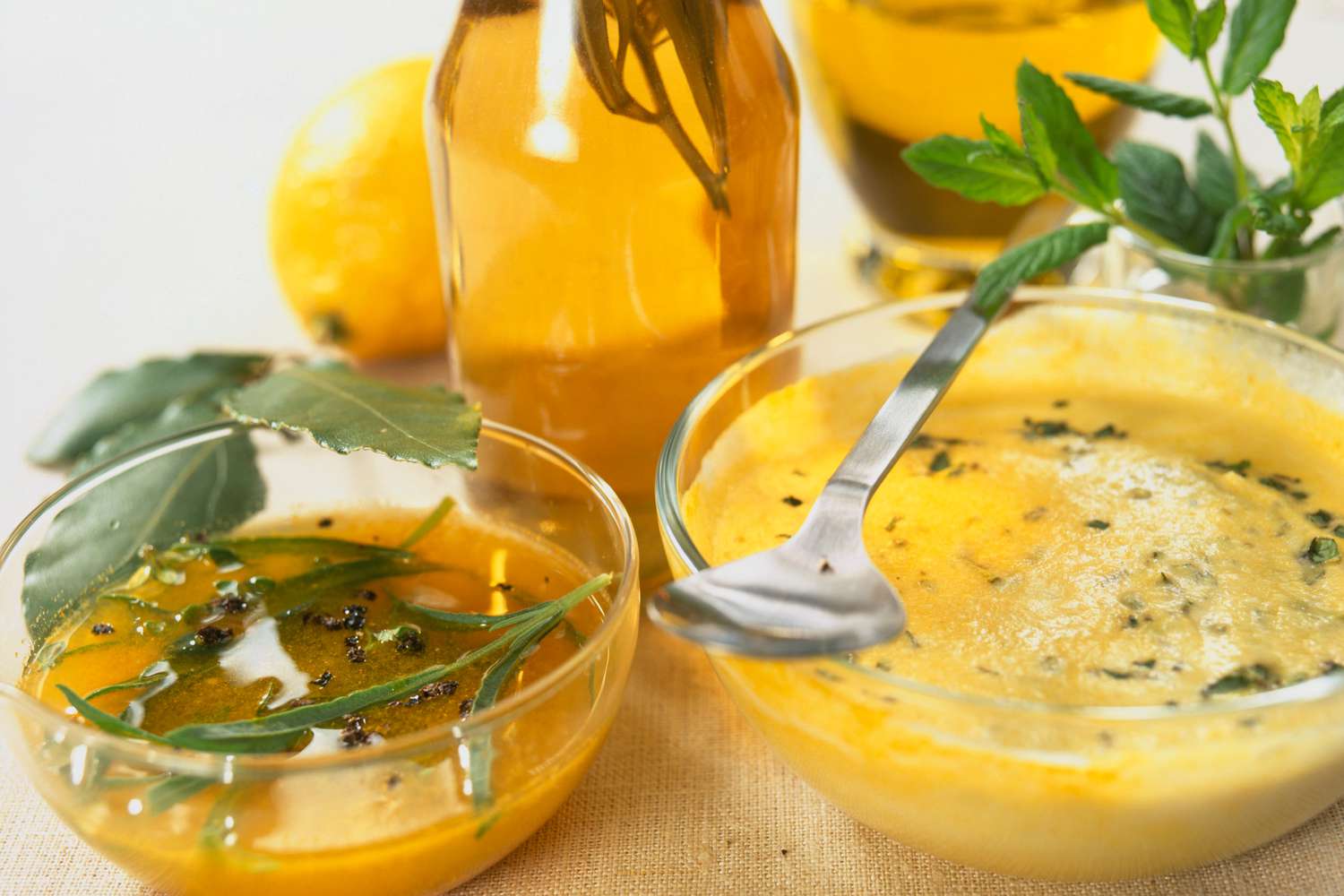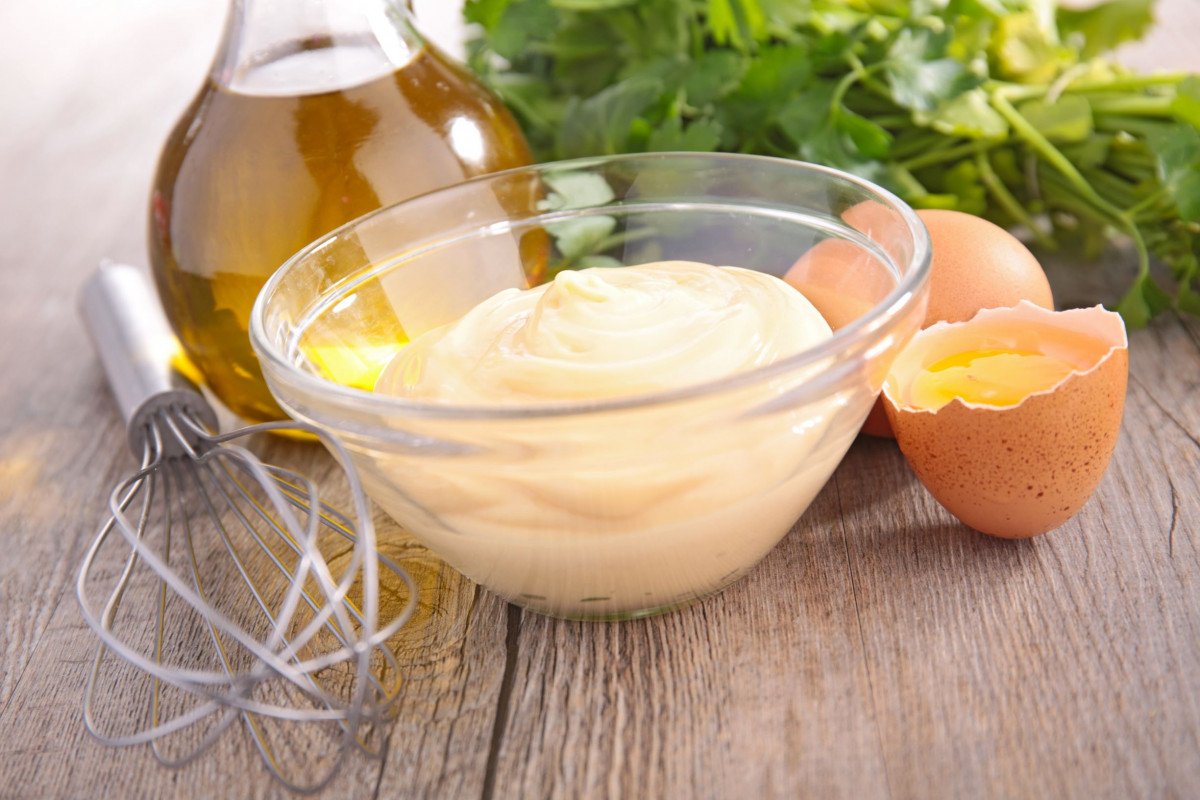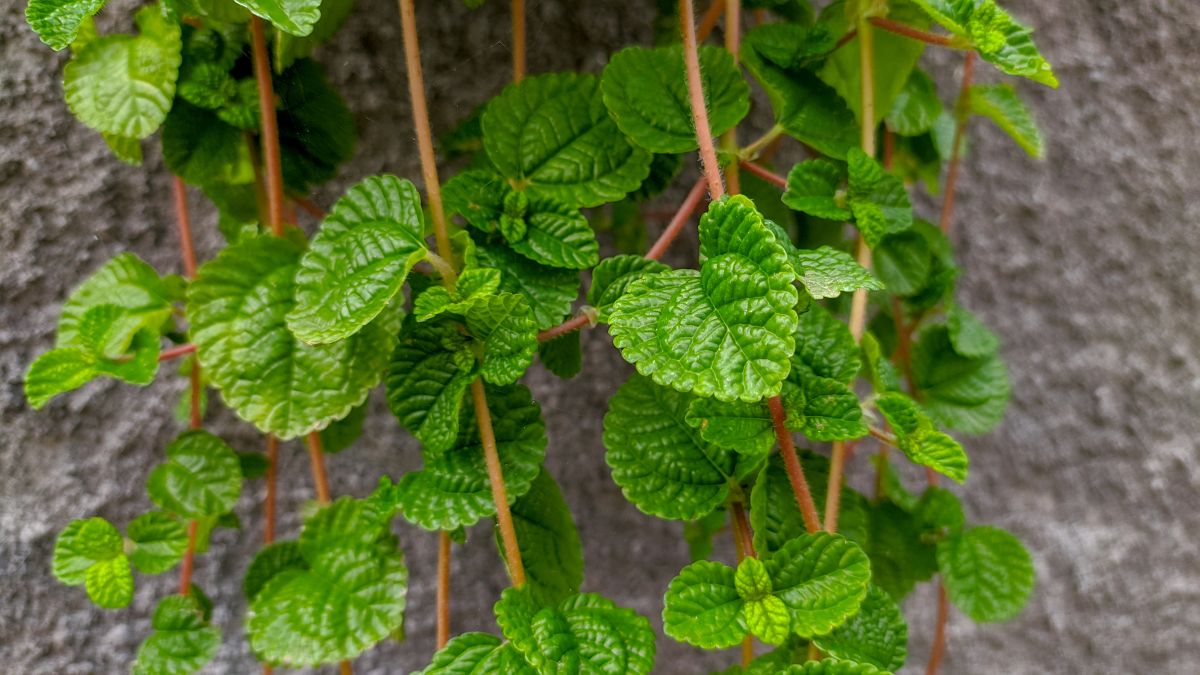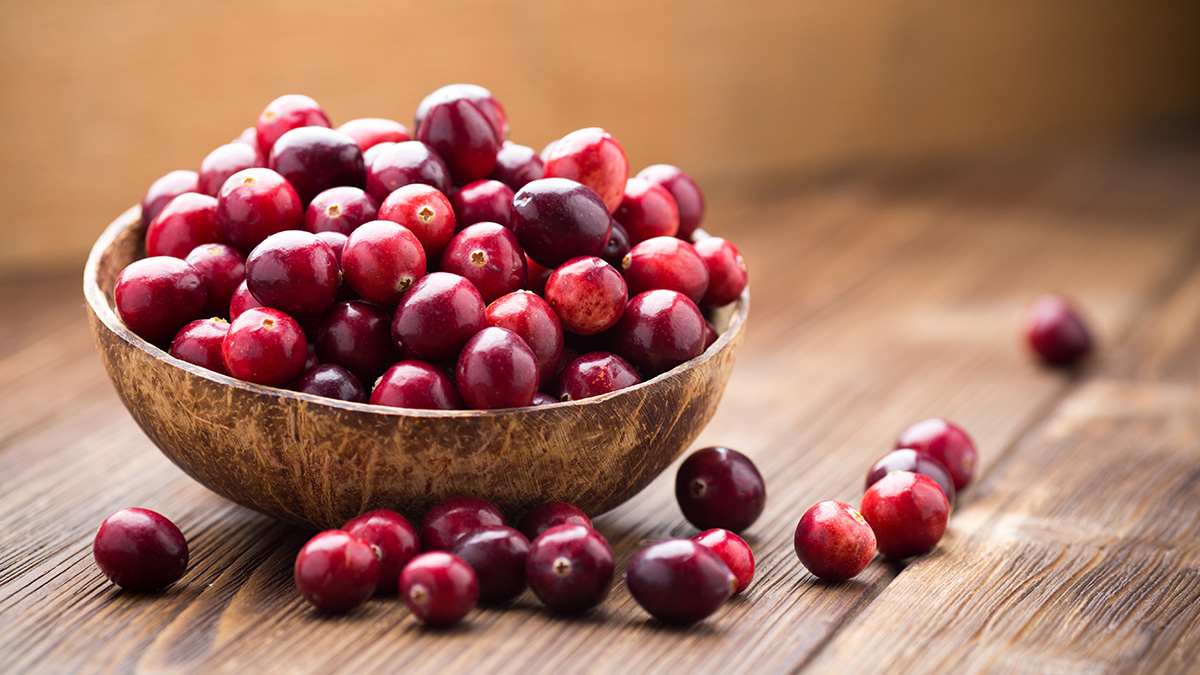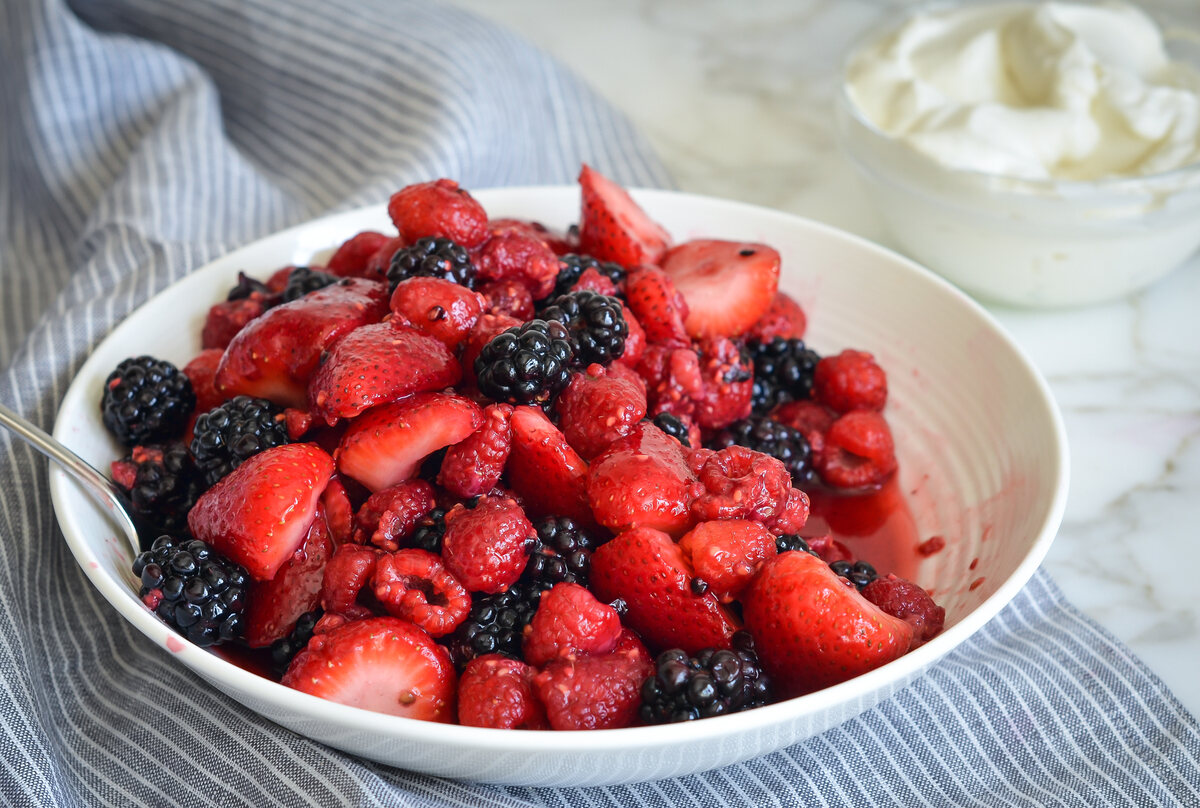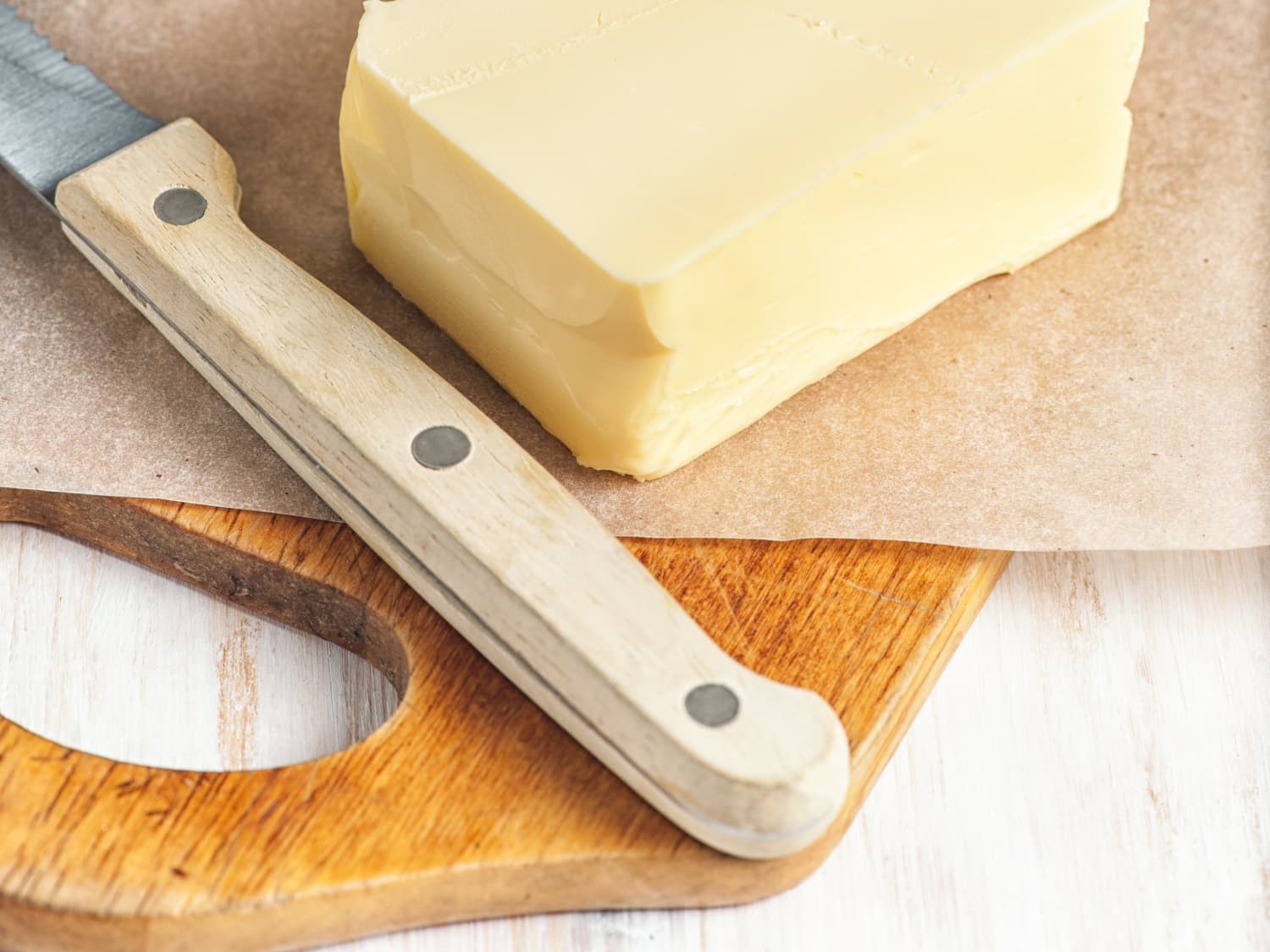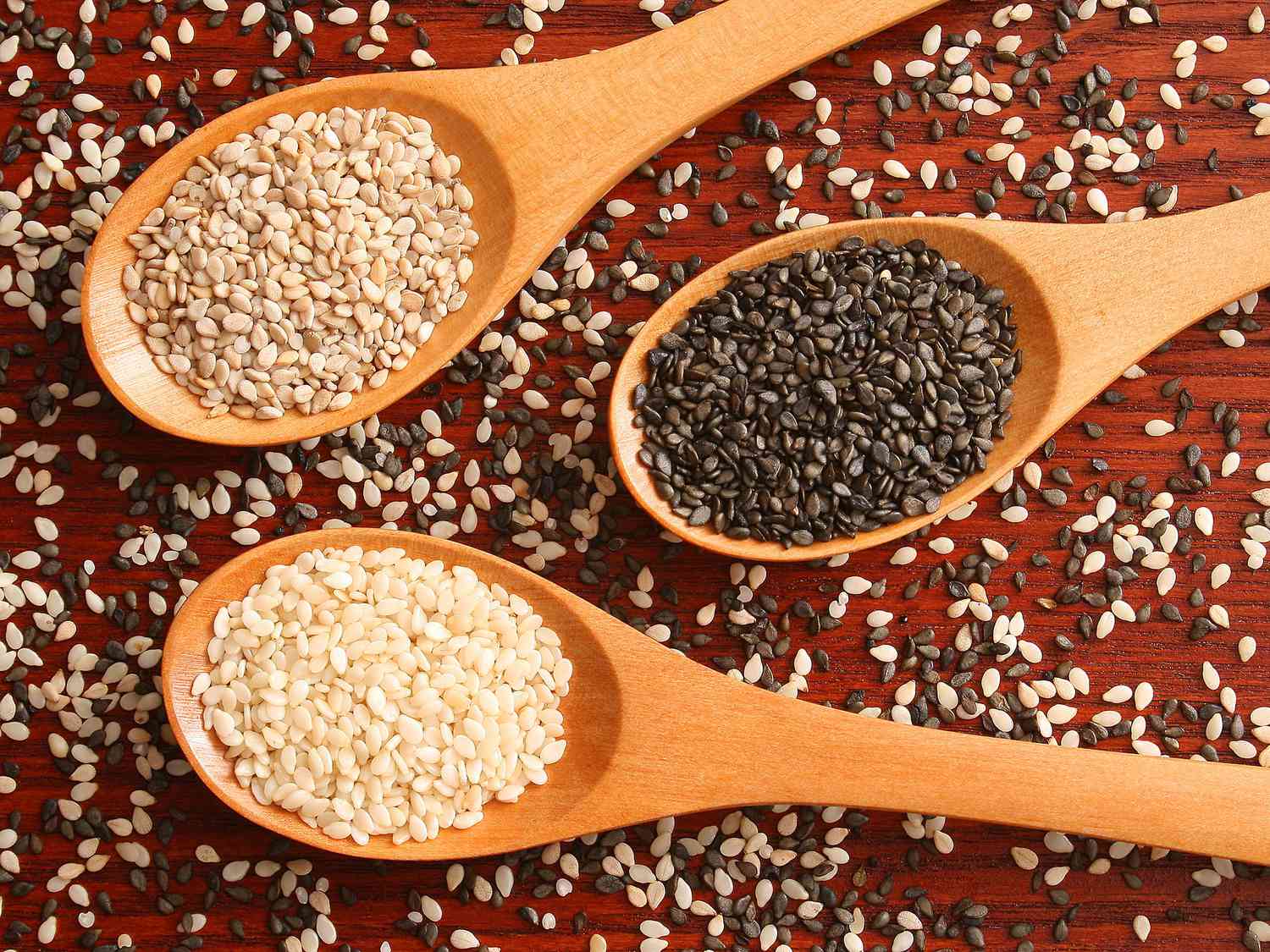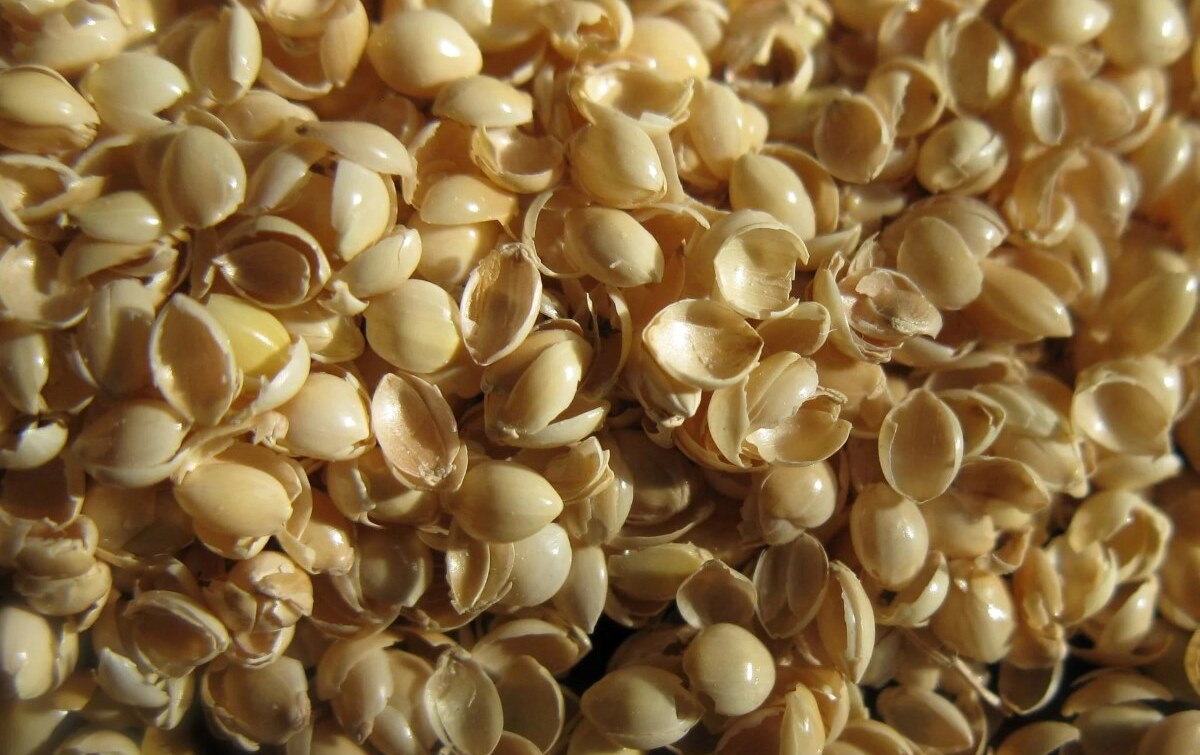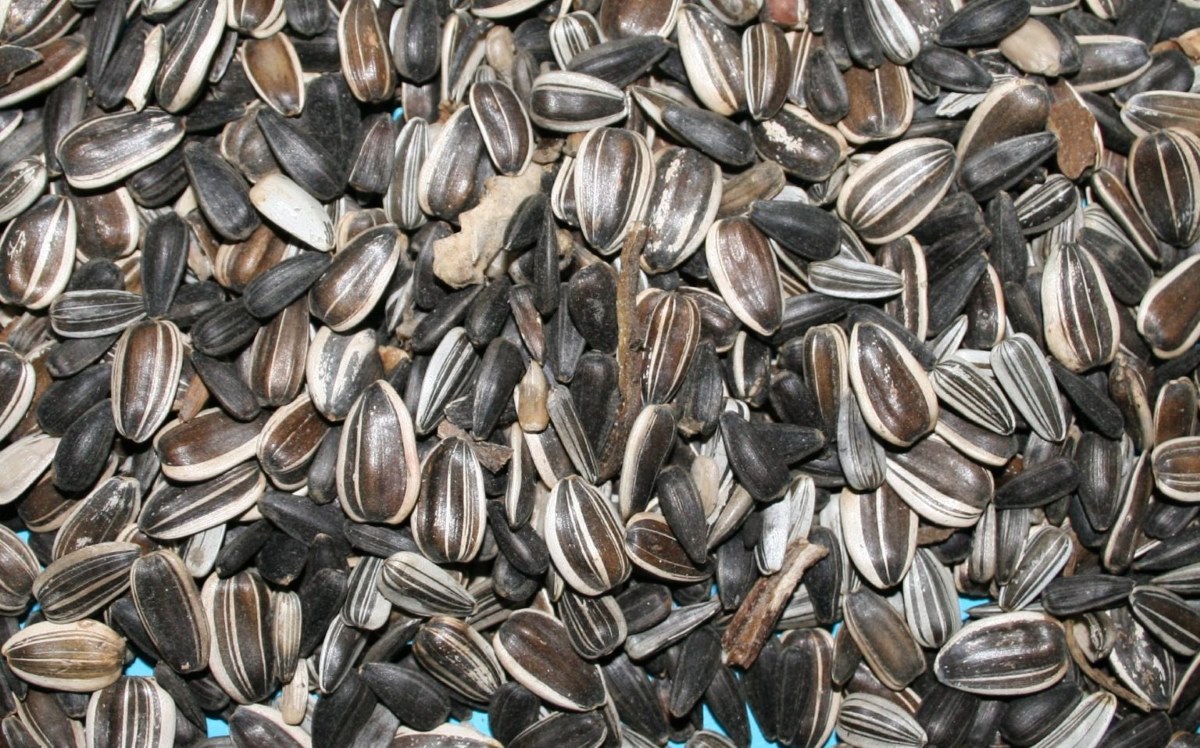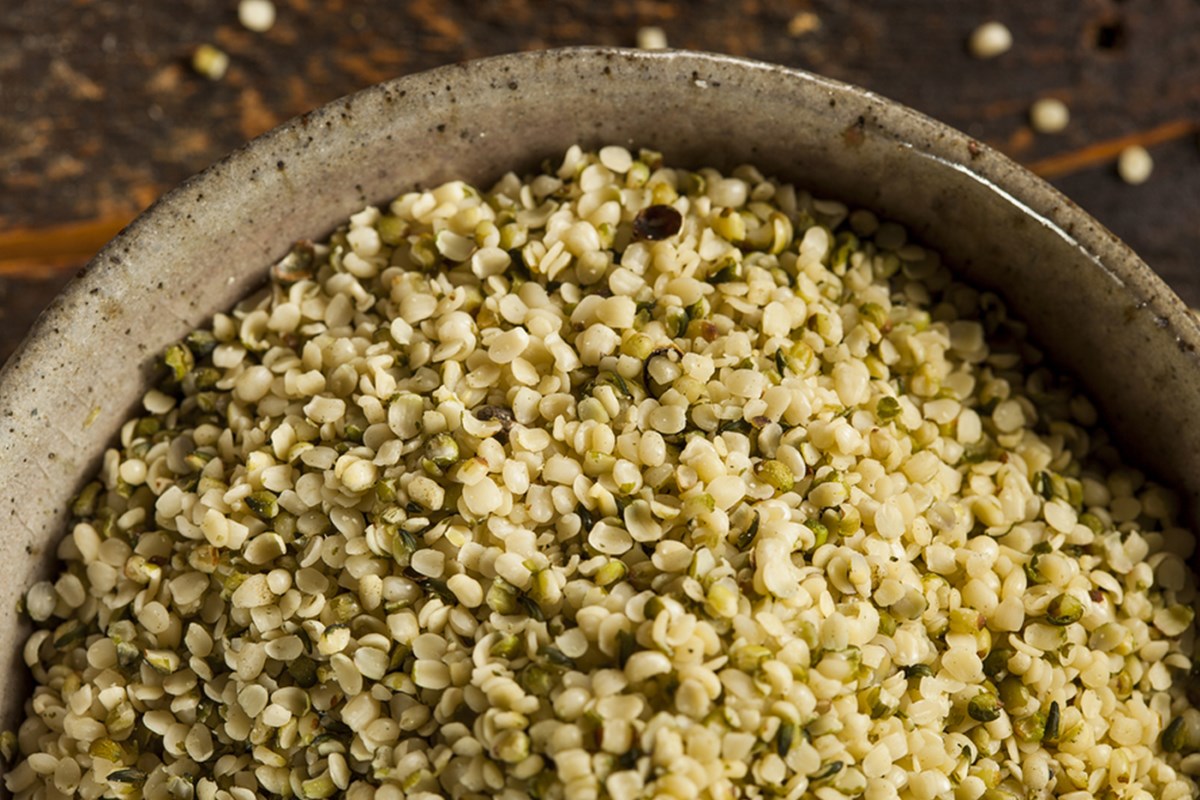Emulsifying Alcohol and Oil: A Culinary Guide
Emulsification is the process of combining two liquids that don’t naturally mix together, such as alcohol and oil, into a smooth, uniform mixture. This technique is commonly used in the culinary world to create creamy salad dressings, sauces, and marinades. Emulsifying alcohol and oil can be a bit tricky, but with the right method, it can be achieved successfully. Here’s a step-by-step guide on how to emulsify alcohol and oil for your culinary creations:
Ingredients You’ll Need
Before you begin the emulsification process, gather the following ingredients:
- Alcohol of your choice (such as vodka or rum)
- Oil (olive oil, vegetable oil, or any other cooking oil)
- Emulsifier (such as mustard, honey, or egg yolk)
- Seasonings and flavorings (salt, pepper, herbs, citrus juice, etc.)
Step 1: Choose the Right Emulsifier
When emulsifying alcohol and oil, it’s important to use an emulsifier that will help the two liquids bind together. Common emulsifiers include mustard, honey, and egg yolk. The emulsifier acts as a stabilizer, preventing the alcohol and oil from separating. Choose an emulsifier that complements the flavors of your dish.
Step 2: Combine the Ingredients
In a mixing bowl or blender, combine the alcohol, oil, and chosen emulsifier. The proportions will depend on your recipe, but a common ratio is 3 parts oil to 1 part alcohol. Add the emulsifier according to the recipe’s instructions. You can also add seasonings and flavorings at this stage to enhance the taste of the mixture.
Step 3: Emulsify the Mixture
Using a whisk or blender, begin to mix the ingredients together. The key to successful emulsification is to slowly incorporate the oil into the alcohol while continuously mixing. This process helps the two liquids combine into a smooth, creamy consistency. Be patient and continue mixing until the mixture is fully emulsified.
Step 4: Adjust the Texture and Flavor
Once the alcohol and oil are emulsified, taste the mixture and adjust the seasoning and flavorings as needed. You can add more salt, pepper, herbs, or citrus juice to achieve the desired taste. If the mixture is too thick, you can thin it out by adding a small amount of water or citrus juice and mixing it in thoroughly.
Step 5: Use and Store the Emulsified Mixture
Now that your alcohol and oil are successfully emulsified, you can use the mixture as a dressing, sauce, or marinade for your dishes. If you have any leftover emulsified mixture, store it in an airtight container in the refrigerator. Be sure to use it within a few days to ensure the best quality and flavor.
Experiment with Different Combinations
Emulsifying alcohol and oil opens up a world of culinary possibilities. You can experiment with different types of alcohol, oils, and emulsifiers to create unique and flavorful mixtures for your favorite dishes. Whether you’re making a zesty vinaigrette or a creamy sauce, mastering the art of emulsification will elevate your culinary skills.
With these simple steps, you can confidently emulsify alcohol and oil to create delicious and well-balanced culinary creations. Emulsification may seem like a daunting task, but with practice and the right technique, you’ll be able to achieve perfect emulsification every time.
Happy cooking!
For those eager to master the art of emulsifying alcohol and oil, there are several recipes worth exploring. Start with the zesty Lemon-Honey Vinaigrette with Olive Oil and Tequila for a refreshing twist on your salads. Next, try the Whiskey-Infused Honey Mustard Sauce, perfect for adding a rich depth to meats or sandwiches. The Citrus Vodka Marinade for Grilled Chicken brings a vibrant flavor profile to your poultry dishes. For a unique and creamy condiment, the Spicy Rum Mayonnaise is a must-try, adding a kick to your dishes. Lastly, the Creamy Bourbon BBQ Sauce is an excellent choice for those who enjoy a smoky, sweet, and tangy barbecue experience. These recipes not only highlight the technique but also offer diverse and delicious ways to incorporate emulsified alcohol and oil into your cooking.
Was this page helpful?
Read Next: How To Emulsify Aloe Vera And Oil
